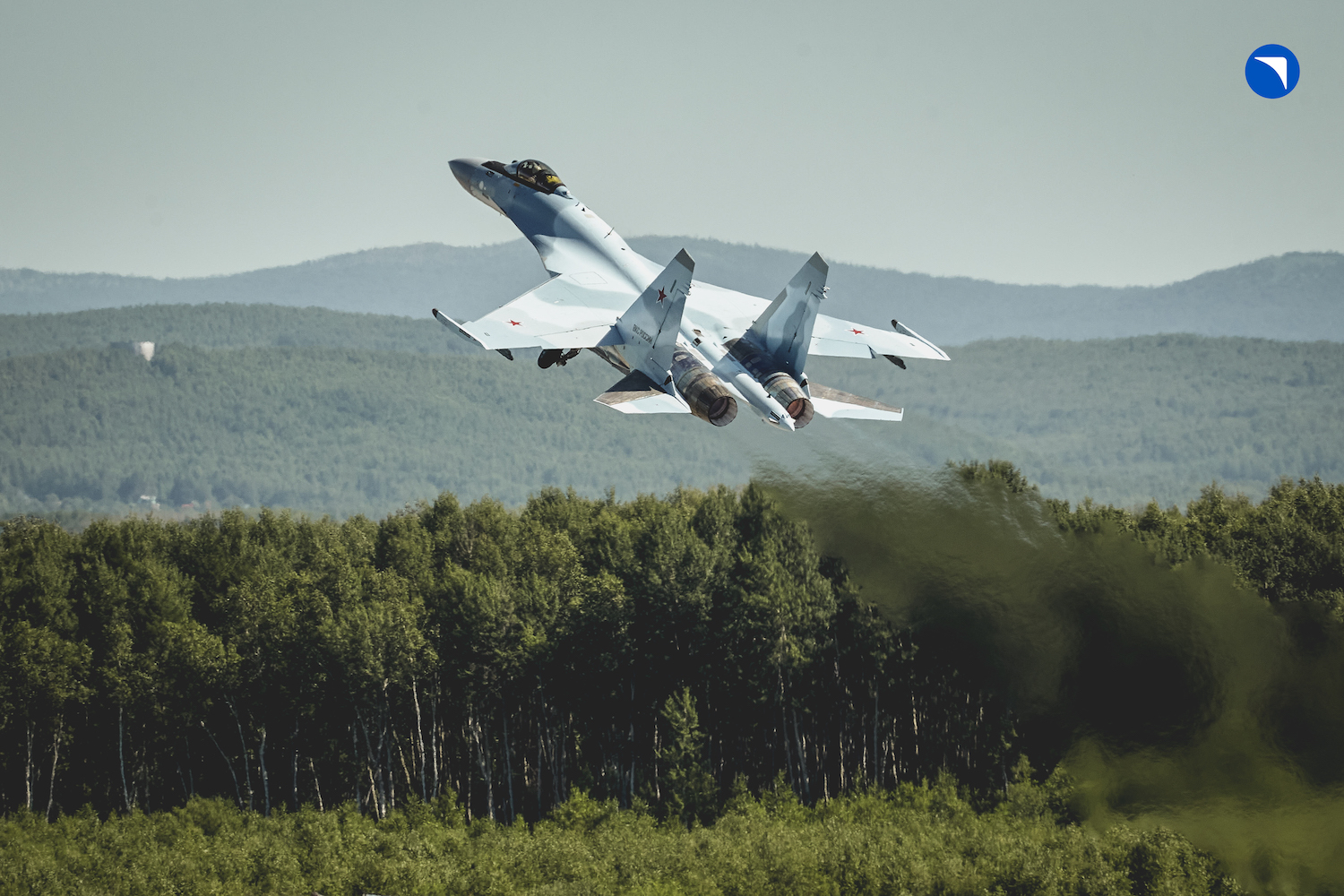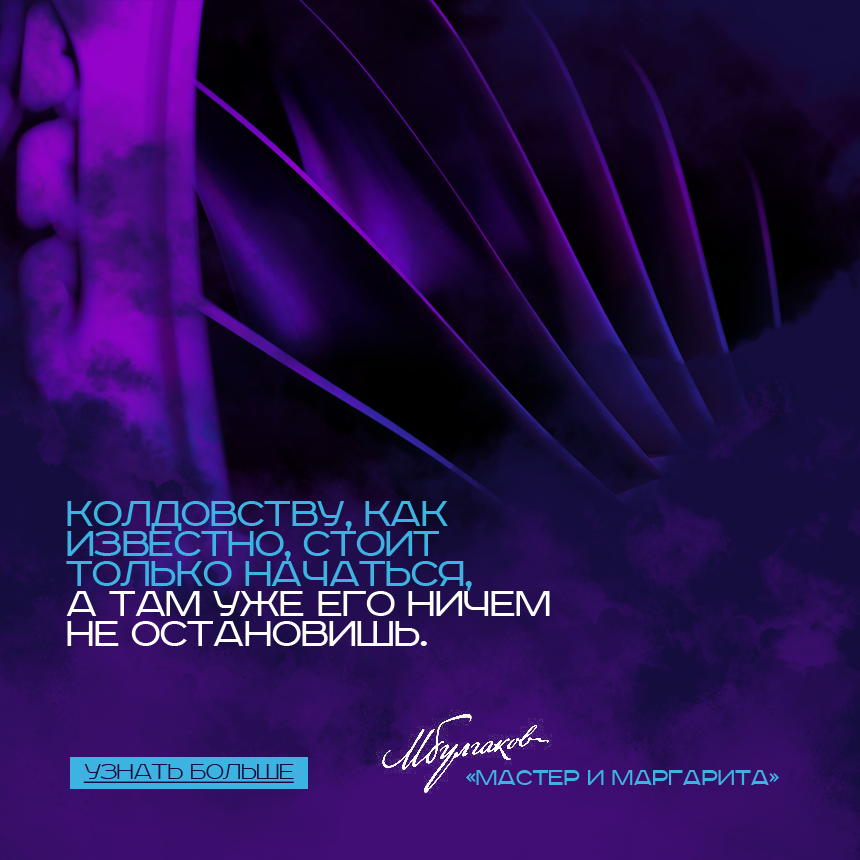
Photo: United Aircraft Corporation
Being the apex of the Su-27 family evolution, the supermaneuverable 4++ generation Su-35S is able to meet the potential threat from cutting-edge fighters, that are made using stealth technology, both in close and long-range air combat. Its self-homing precision-guided missiles can effectively attack ground and surface targets.
Read below about the most powerful 4++ generation aircraft system that forms the basis of the Russian Aerospace Force fighter fleet.
Between the fourth and fifth generations
Multirole Su-35S – the cutting-edge modification of the legendary Su-27 - a symbol of the national military aviation of the second half of the 20th century. This is a deeply upgraded version of the 27th whose specifications, except the stealth design, correspond to the fifth-generation fighters.
The Su-35 was designed in the 2000s, designer Igor Demin led the work on the project at the Sukhoi Design Bureau. The maiden flight was made on 19 February, 2008.
The Su-35S surpasses the functionality of the most existing fighters both in close and long-range air combat. The advanced digital systems enable the Su-35S group to maintain effective air combat liaison and fulfill the most complicated joint missions. The Su-35S has no any angle-of-attack limits and features supermaneuverability with high agility. These properties together with application of long-range air-to-air missiles improve considerably the fighting capabilities of the aircraft.
Contrary to the laws of physics
The Su-35S appearance is virtually identical to the Su-27, however, significant changes have been made to the airframe: the structure has been strengthened to increase the maximum takeoff weight and service life of the aircraft. This has also made it possible to take more fuel aboard.
The record-breaking range capability – more than 3500 km – has been achieved thanks to the placement of the fuel tanks in the fuselage and outer wing panels. Spongy polyurethane foam is used to prevent kerosene movement in the tanks when exposed to G-effects in flight.
A more powerful AL-41F-1S thrust-augmented engine is one of the key innovations of the 35th compared with the previous aircraft in the family. It is this propulsion system that enables the Su-35S to gain the supersonic speed without using the afterburner, which is one of the requirements for the fifth-generation fighters.
The maximum aircraft speed near ground is 1,400 km/h, high-altitude speed is 2.25М, ceiling is 18,000 m. The vectoring engine nozzle makes it possible to fly in unique modes, for example, to make short takeoff from damaged runways.
The Su-35S is capable of performing aerobatic figures that may seem to contravene the laws of physics. For example, only the Su-35S can perform a minimum-radius dead loop - virtually on-the-spot turn. And this is not just a beautiful air figure, but also a maneuver giving unique advantages in combat.
Take aboard only the best
The essential difference of the Su-35S from the closely related 4+ generation Su-30 and Su-33 is the presence of the fifth-generation avionics.
The Su-35S is equipped with Irbis radar control system designed to detect, track and measure the coordinates of air, ground and surface targets. The Irbis has an electronically steerable passive phased antenna array. It can detect and track up to 30 air targets at a time and engage up to 8 air targets at a time. The phase-array radar detects air targets at a distance up to 350 km and can see even such complicated targets as a hovering helicopter.
There are no analog instruments in the S35-S cockpit, all information is displayed on LCDs. In case of failure of an LCD, the system duplicates the information on the adjacent one. The whole electronic control system is redundant in case of failure. New dedicated controls whose main functions are concentrated in two levers have been created for the Su-35S.
For the first time in fighter aviation, the Su-35S uses the master-slave scheme when the group commander has full information about the other fighters – fuel quantity, armament, etc.
Powerful guided air-to-air and air-to-surface long-range missiles, unguided munition and 30mm aircraft canon are the “fists” of the Su-35S. The maximum payload weight is 8 tons per 12 carriage stations.
Manufacture of the Su-35S is one of the priority programs of Rostec’s United Aircraft Corporation. Batch production of the Su-35/35S is carried out at Komsomolsk-on-Amur Aircraft Plant named after Yury Gagarin. The Su-35Ss showed excellent performance in the Syrian conflict, fulfill missions during the special military operation and have recently followed the primary Russian presidential aircraft to the UAE and Saudi Arabia.

